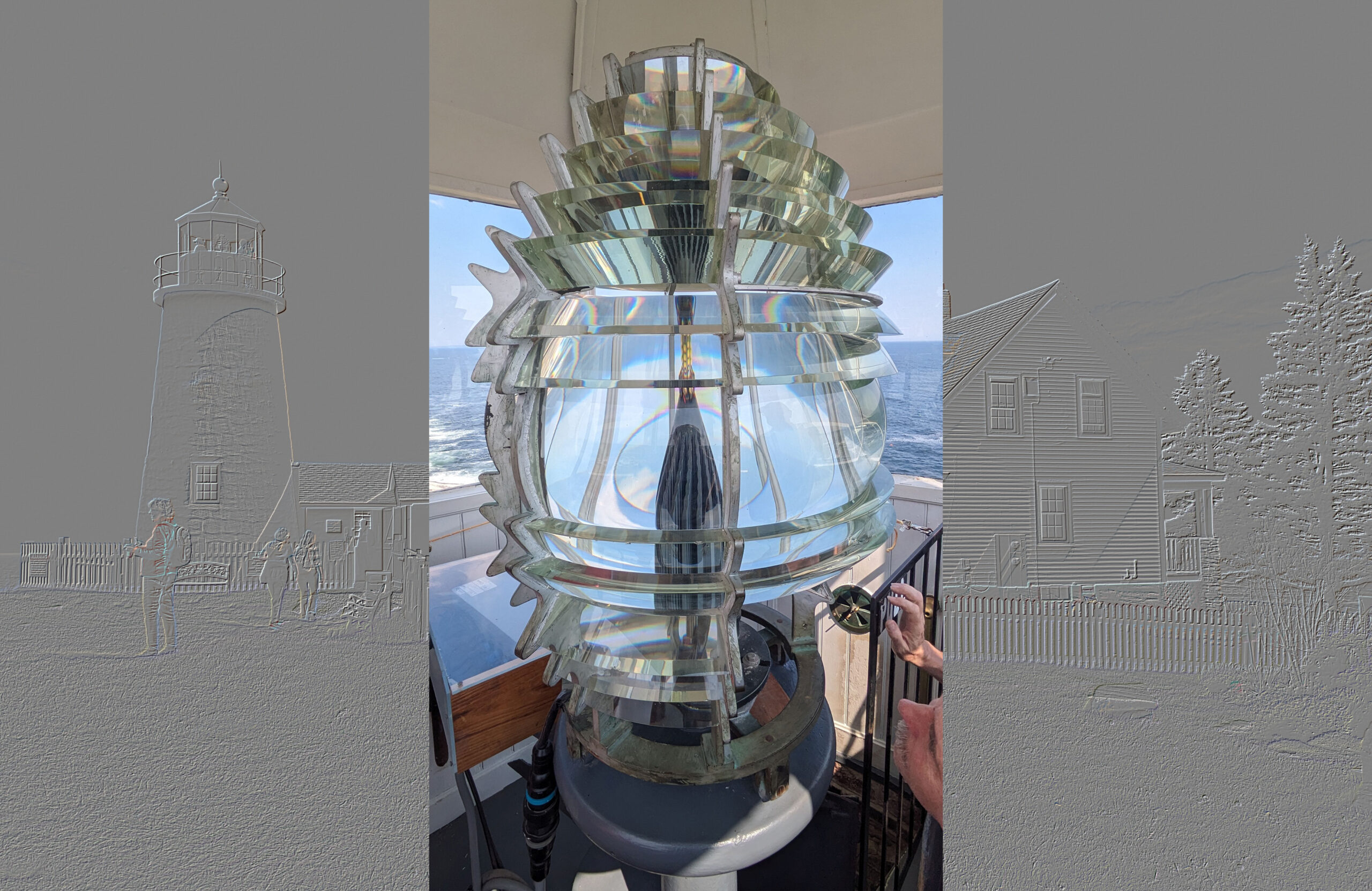
A pink object under the cloak becomes invisible. Credit: SMART Center.
Last week I mentioned that someone has found a new, cheap way to optically “hide” objects (other than the metamaterials route). Via Gizmag, I heard about the the work of two groups who, in parallel, are using calcite crystals to make objects seem to disappear — and its one of those things where you immediately say, “Why didn’t I think of that?”
Calcite, boron nitride, silicon carbide and other crystals (and some plastics) are known for having birefringence (aka, double refraction). Briefly put, birefringence causes a ray of light to split into two rays. The property is already used in LCDs and other optical and electronics applications.
What’s novel is the two groups — one from the SMART Center and the other collaboration between researchers at University of Birmingham (U.K.), Imperial College, London and Technical University of Denmark — is to put two prism-shaped pieces of calcite next to each other, aligning their optical axes. If the resultant wedge (the SMART group used a 38mm X 10mm X 2mm wedge) is then put over an object, it appears to disappear when viewed from either side of the wedge, and the two-dimensional effect works for macroscopic objects “larger than 3500 free-space wavelengths, inside a transparent liquid environment. Its working color range encompassing red, green and blue light has also been demonstrated.”
The U.K./Denmark collaborative group also were able to achieve the effect in air. One of these researchers, Shuang Zhang, lead investigator from the University of Birmingham’s School of Physics and Astronomy, predicted bigger things ahead. He says:
“By using natural crystals for the first time, rather than artificial metamaterials, we have been able to scale up the size of the cloak and can hide larger objects, thousands of times bigger than the wavelength of the light. Previous cloaks have succeeded at the micron level (much smaller than the thickness of a human hair) using a nano- or micro-fabricated artificial composite material. It is a very slow process to make these structures and they also restrict the size of the cloaking area. We believe that by using calcite, we can start to develop a cloak of significant size that will open avenues for future applications of cloaking devices.”
The SMART groups work is published in Physical Review Letters, and the U.K./Denmark group’s work is published in Nature Communications.
Physics World was particularly impressed with the SMART Center’s work, naming it one of the “Top 10 breakthroughs of 2010.”
Here is a video from featuring Zhang showing how the calcite crystal can make part of a panda disappear:
CTT Categories
- Optics


